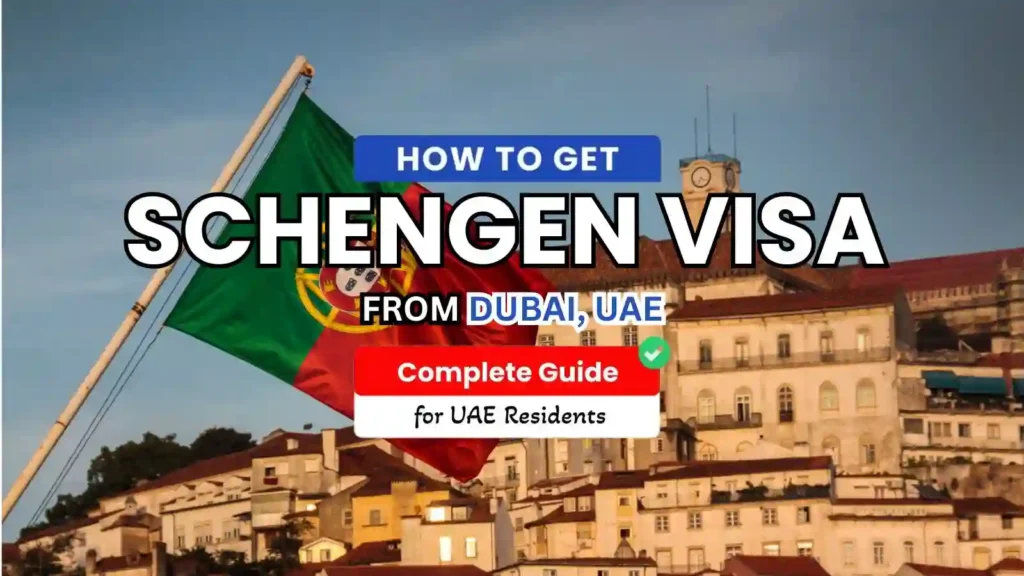
Planning Europe should feel exciting, not intimidating. The Schengen Area lets you move across 27 countries on one visa, which means you can land in Paris, connect through Amsterdam, and finish in Zurich without repeated border checks. The key is choosing the right visa type and preparing a clean, consistent file. Here’s a clear, no-nonsense walk through you can actually use.
What counts as a Schengen visa?
A Schengen visa is an entry permit recognized by all member countries. For short trips (tourism, family visits, business meetings), it’s typically a short-stay visa that allows up to 90 days within a 180-day period. For longer purposes—study, work, relocation—you’ll need a national long-stay permit from the country where you’ll reside.
The main types at a glance
Type A — Airport Transit
You transit through the international zone of a Schengen airport while connecting to a third country. You don’t enter Schengen territory.
Use when: your itinerary includes a Schengen layover only.
Stay: airside, no entry.
Type C — Short Stay
The most common category for trips up to 90 days in any rolling 180-day window. It can be single, double, or multiple entry.
Use when: tourism, family/friends visits, short business trips, events, or short courses.
Stay: up to 90/180.
Type D — Long Stay
A national visa issued by a specific country for stays over 90 days. Often leads to a residence permit after arrival.
Use when: study programs, employment, research, or family reunification.
Stay: more than 90 days.
Purpose-specific variants (under Type C)
-
Tourist: sightseeing, holidays, cultural trips.
-
Business: meetings, trade fairs, negotiations.
-
Student (short courses): non-degree, short-term study.
-
Medical: treatment or medical consultations.
-
Official / Cultural / Sports: delegations, performances, competitions.
These are not separate visa “types,” but purpose labels under the short-stay category that guide which documents you include.
How to choose—without overthinking it
Use a simple decision path:
-
Why are you traveling? Your purpose determines your document set (itineraries, invitations, enrollment letters, event confirmations).
-
How long will you stay?
-
≤ 90 days total in 180 days: Type C.
-
> 90 days: Type D from the destination country.
-
-
How many entries do you need?
-
Single: one entry fits a straightforward trip.
-
Double: useful if you exit and re-enter once (e.g., hop to the UK or Balkans and return).
-
Multiple: best for frequent travelers or multi-country itineraries with returns.
-
-
Where should you apply?
-
Apply at the country where you’ll spend the most nights.
-
If nights are equal, apply at your first point of entry.
-
-
Country specifics: Rules are harmonized, but check small differences (photo size, acceptable insurance wording, appointment flow).
Core documents most travelers need
-
Passport valid at least 3 months beyond your planned Schengen exit, with 2 blank pages.
-
Completed application form and two recent photos (white background, correct size).
-
Residence status in your country of application (if applicable).
-
Travel plan: round-trip flight reservation and accommodation proof (hotel bookings or host invitation).
-
Proof of funds: recent 3–6 months bank statements that show steady balances and realistic spending for your itinerary.
-
Insurance: Schengen-wide medical coverage of at least €30,000 for the entire trip.
-
Cover letter: a one-page summary with dates, cities, purpose, who’s paying, and a concise day-by-day outline.
-
Purpose extras: business invitation, conference pass, school letter, medical appointment, or official invitation when relevant.
Tip: keep names, dates, and addresses perfectly consistent across forms, bookings, and letters. Consistency reads as credibility.
Timing and appointments
-
When to apply: book an appointment at least 3–4 weeks before travel; earlier in peak seasons.
-
Where to apply: many countries use outsourcing partners (e.g., VFS, BLS, TLS) for intake and biometrics.
-
Biometrics: fingerprints and a photo are typically required unless captured within the last 59 months for Schengen.
How to make your file easy to approve
-
Tell one clear story. Your cover letter, bookings, and bank statements should align—cities, dates, and budget that make sense together.
-
Show ties and return intent. An employment letter with approved leave, tenancy, family ties, or ongoing studies helps.
-
Explain anomalies briefly. Large recent deposits? Add one line (“annual bonus on [date]”).
-
Use readable documents. Full-page PDFs, no cropped screenshots; highlight reservation codes and addresses; avoid fuzzy scans.
-
Keep it realistic. Six cities in five days raises eyebrows. A thoughtful route strengthens your case.
Keep it realistic. Six cities in five days raises eyebrows. A thoughtful route strengthens your case. With Global Sky Visa – simplifying visa files for UAE travelers – your documents tell a story consulates can trust.
Common pitfalls to avoid
-
Mismatched spellings or dates across documents.
-
Insurance that doesn’t cover all travel days or the full Schengen area.
-
Over-reliance on unpaid hotel “holds” that auto-expire before your appointment.
-
Submitting bank screenshots instead of official statements.
-
Applying at the wrong consulate (not the main-stay country).
After submission: what to expect
-
Processing time: typically 7–15 working days, longer in busy months.
-
Decision: once your passport is ready, verify the validity dates, number of entries, and name/passport number immediately.
-
Travel day: carry your insurance certificate, first-night address, return/onward ticket, and a copy of your itinerary in hand luggage.
Bottom line
Choosing the correct Schengen visa is straightforward once you match purpose and length of stay, apply through the right country, and present a clean, consistent file. Do those well, and the admin fades into the background—leaving you free to plan the parts that matter: the museum you’ve always wanted to see, the café you saved on your map, and the train that carries you from one postcard view to the next.
